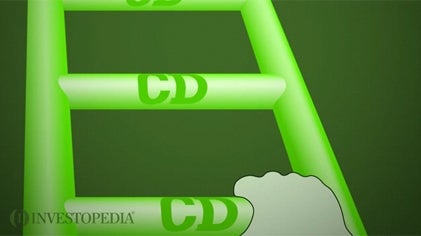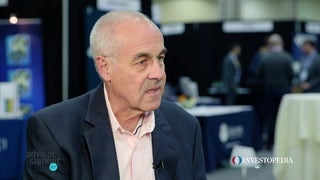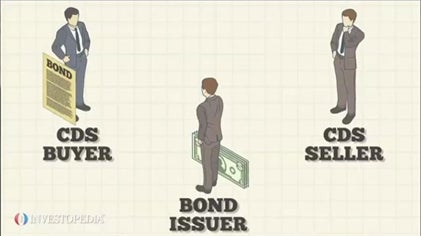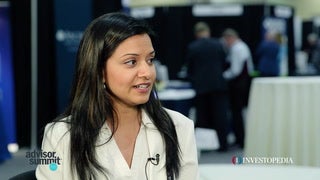Understanding bond prices and yields can help any investor in any market.A bond is a loan. Its principal balance, or par value, is the loan amount. A bond’s price consists of a handle, or the whole number part of a price quote, and a fraction. Corporate bonds are quoted in 1/8th increments, and government bonds are typically quoted in 1/32nds. Suppose you buy a $100,000 two-year Treasury bond that was quoted at 99-29. Here’s how to calculate what you pay. The bond’s handle is 99, and the 32nds are 29. Those values are converted into a percentage by dividing 29 by 32 to determine the dollar amount to be paid. The handle and the 32nds are added together to get 99.90625 percent of $100,000, or $99,906.25, which is what the bond sells for. An investor will pay more than a bond’s par value when its coupon rate is higher than current market interest rates. A bond’s cash flows consist of its coupon payments and its return of principal upon reaching maturity. A bond’s yield is the discount rate that makes its cash flows’ present value equal to its price. A bond with smaller coupon payments will have a smaller price, or present value. When inflation expectations rise, bond yields and interest rates also rise, but bond prices fall. Bond prices and yields are excellent economic indicators, and the yield curve illustrates what the market thinks is coming.





